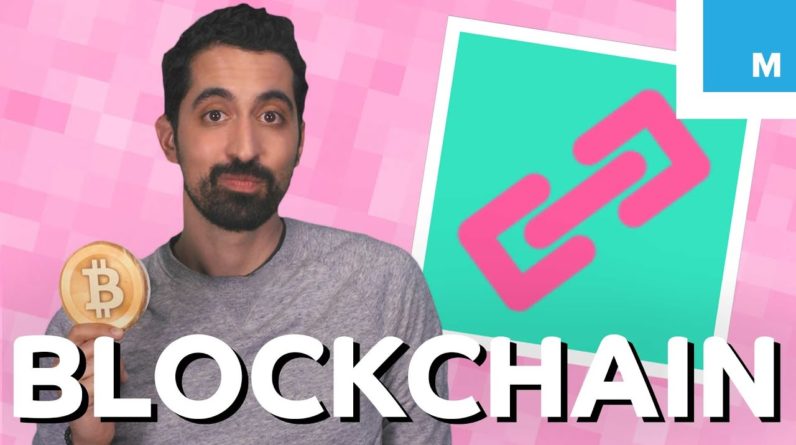
Since its inception in 2008, Bitcoin has changed
the way we view money in the digital era. And while it’s yet to be seen whether or
not Bitcoin will be more than just a fad kind of like pogs or beanie babies one aspect of it, the blockchain is being
heralded as the most important invention since the Internet itself. When a new transaction is made with bitcoin,
that transaction will broadcast to the thousands of nodes that comprise the bitcoin network. Bitcoin miners work to process the transactions,
adding them to the ledger. All of these nodes have copies of the same
ledger and all see the same transactions. Once a certain amount of transactions have
been added, they become a block.
That block, protected by cryptography, connects
to the previous block, which is connected to the previous block, all the way back to
the first bitcoin transaction ever creating a chain of blocks hence the term blockchain. Because many people have access to these ledgers,
and are constantly cross checking them, it’s difficult for a hacker to tamper with them
since changing one would create a discrepancy within the whole network. In fact, it’s the decentralization of information
that makes this system so brilliant. If a hacker breaks into a banking system,
for instance, they could do some serious damage to our bank accounts. But more importantly, the blockchain creates
a concrete record of transactions and agreements that everyone can trust and believe. It’s a system that promotes security through
truth and transparency. The efficiency of the blockchain, when applied
to our financial systems, could potentially save banks $20 billion dollars a year by 2020. The stock exchange even got its first taste
of blockchain technology last year when the NASDAQ made its first trade using the system.
The blockchain is even being tested as a means
for online voting, a move that could eliminate voter fraud and government corruption. So does this all sound too good to be true? Well yeah it kind of does. I mean, blockchains
still have a long way to go before they replace our huge financial systems. But it’s clear to see that this model has
the potential to really help us do some cool stuff.




